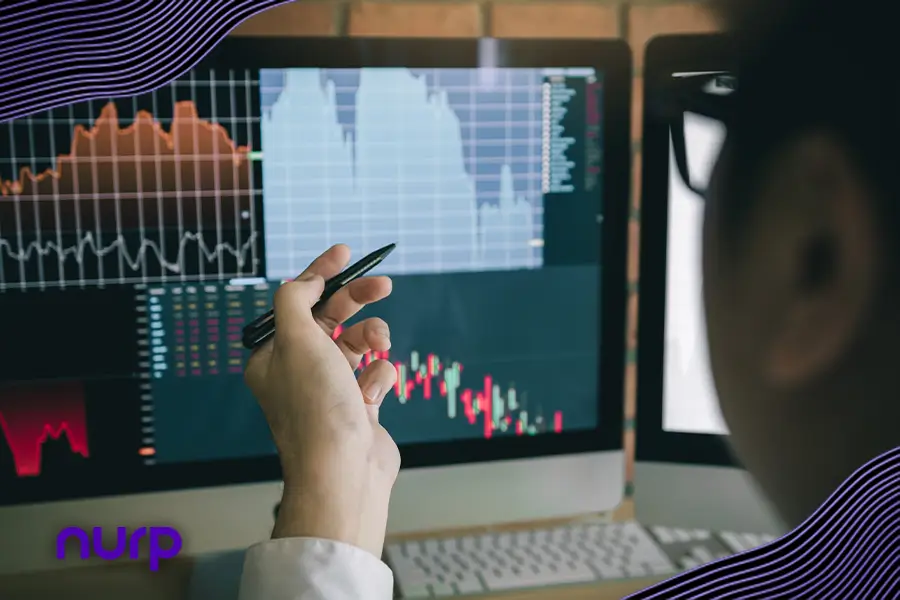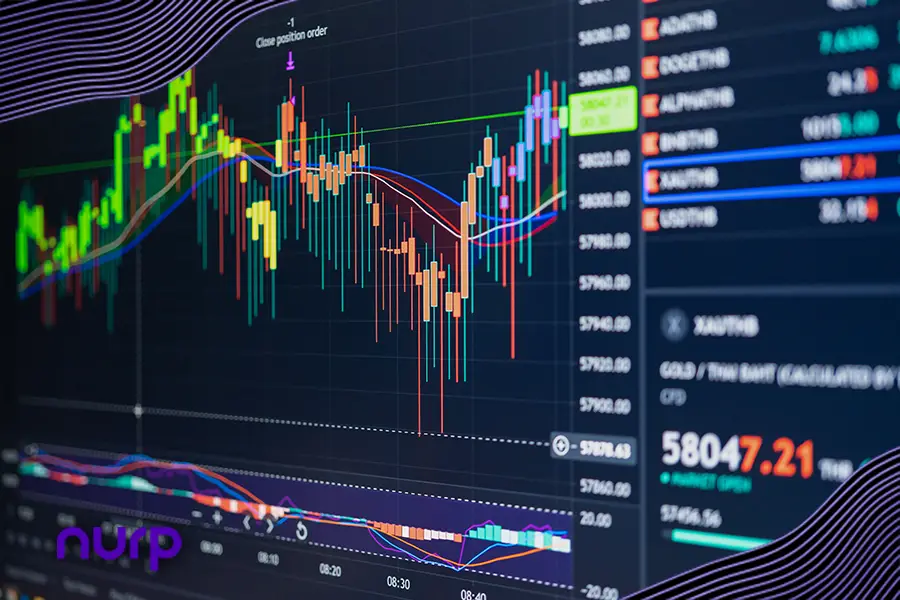Key Takeaways
Historical success doesn’t ensure future gains, and a strategy that worked in the past may not perform well in changing markets.
Overfitting can be misleading, as a result, strategies overly customized to past data may falter in real trading environments.
Stay flexible and continually adapt your strategy to handle real-time market challenges effectively.
Backtesting is often hailed as the holy grail of algorithmic trading. You create a strategy, test it against historical data, and if the results look good, you’re set to go live, right? Not so fast. While backtesting is crucial, it’s far from foolproof. In fact, relying solely on backtesting can be a risky move. Here’s why.
Read More: Stop Guessing, Start Winning: How to Choose the Perfect Algorithmic Trading Partner
1. Past Performance Isn’t a Guarantee
One of the main issues with backtesting is that it relies on historical data. Just because a strategy worked in the past doesn’t mean it will perform the same in the future. Markets are constantly evolving, and what worked in last year’s conditions may fail in the current market environment. Trends change, and so do the factors that influence them.
2. Overfitting: The Hidden Trap
Overfitting occurs when a strategy is too closely tailored to historical data. In other words, your algorithm might be designed to work perfectly with past data but struggles in real-world scenarios. It’s like creating a lock that fits only one key—you’re limiting its effectiveness in other situations. This can lead to disappointing results when you actually start trading.
3. Ignoring Market Conditions
Backtesting often overlooks real-time market conditions. During a live trade, things like liquidity, slippage, and transaction costs come into play, affecting your results. Backtesting might show a strategy is profitable, but when you execute trades in the real world, you may face unforeseen challenges that the backtest didn’t account for.
4. Psychological Factors
Even if your backtest results are promising, live trading introduces a whole new layer of complexity: emotions. The pressure of real money on the line can lead to impulsive decisions. Overconfidence in a backtested strategy might make you ignore warning signs or hesitate when adjustments are needed.
5. Adaptability is Key
Markets are dynamic, and a strategy that worked during backtesting may require tweaks and adjustments in real-time. Flexibility and constant evaluation are key. Simply put, backtesting provides a solid foundation, but ongoing refinement is crucial for success in live trading.
Conclusion
Backtesting is an essential tool for developing algorithmic trading strategies, but it’s only part of the equation. To truly succeed, traders must combine backtesting with real-world testing, adaptability, and a solid understanding of market dynamics. Don’t let a promising backtest give you a false sense of security—approach your strategy with caution, and always be prepared to adjust as needed.
The post Backtesting Algorithmic Trading Strategies Isn’t Enough: Here’s Why first appeared on Nurp.com.






